Gondola Ride

Beez Neez now Chy Whella
Big Bear and Pepe Millard
Tue 22 Jul 2014 22:57
|
Gondola Ride,
Christchurch
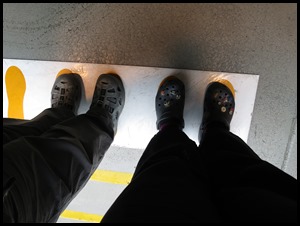 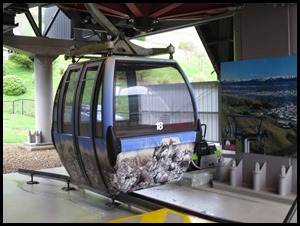 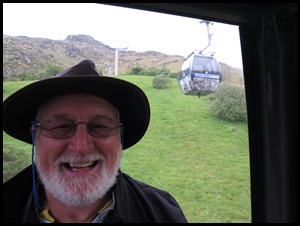 After our exciting ‘road trip’, we
decided to head back to the Gondola Ride, the skies looked clear enough to give
it a go. Mable parked, feet on the starting blocks,
loaded into Car 19 happily following 18 and the usual
‘naughty, mischievous’ face opposite me.
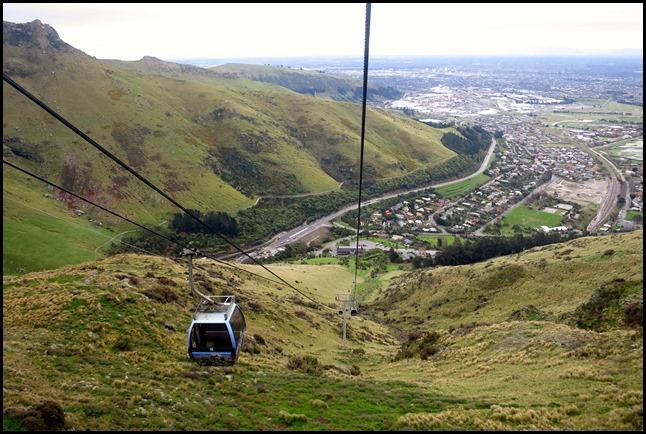 Up we went, Christchurch giving quite a view.
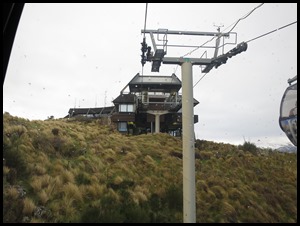 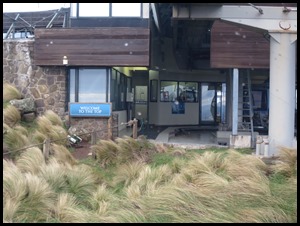 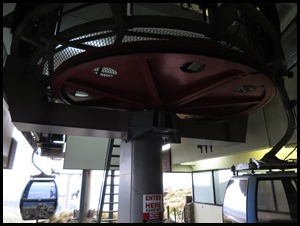 Nearing the
top we swayed nicely in the wind.
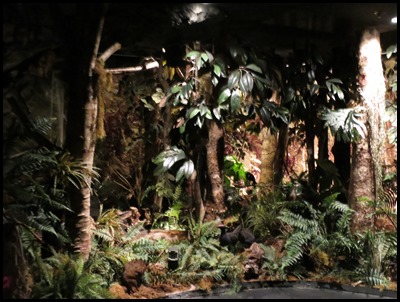 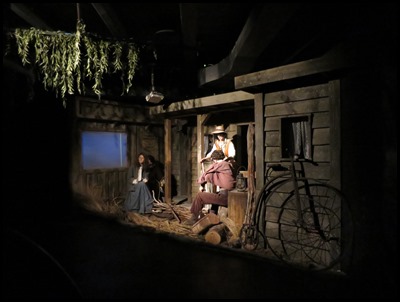 We walked through the shop to an
electric car ride, all of seven minutes to tell us the
history of the area. So pleased it came within the
price.........
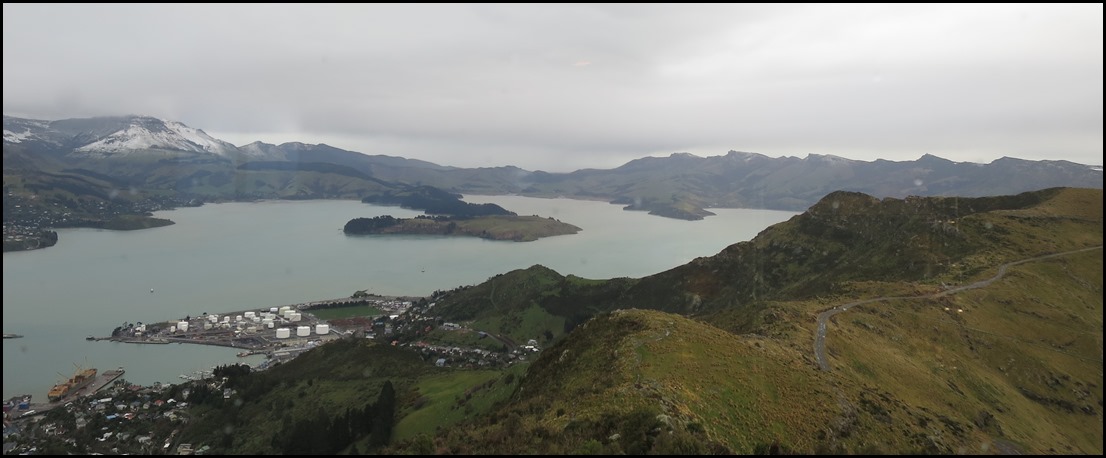 Up we went to the top floor and our
view over Lyttelton Harbour.
 View over
Christchurch.
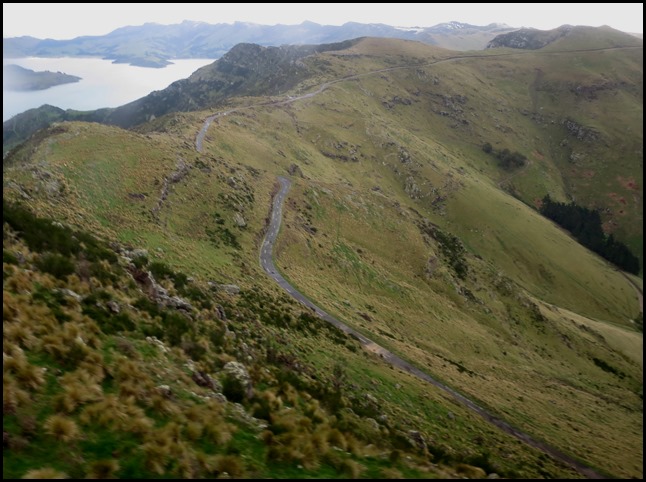 South-east. Looking at the road over the hills.
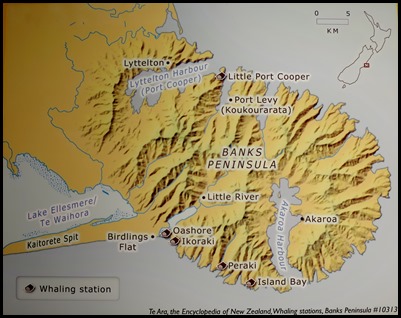 We had a cappuccino and read the
information boards. Banks Peninsula is a spectacular landscape, covering
approximately four hundred and fifty square miles and comprised of extinct
volcanoes whose craters form the harbours of Lyttelton and Akaroa. The first
known inhabitants of this area were the Māori people. During the 17th century,
the Ngai Tahu people established fortified pa or villages. On the 16th of
February 1770 explorer Captain James Cook, sighted the Peninsula. He mistakenly
concluded it was an island and named the feature in honour of Endeavour’s
botanist, Joseph Banks.
During the 1830’s Banks Peninsula
became a European whaling centre and was frequently visited by French, American
and British deep-sea whalers. Trade was established between the Europeans and
Māori. The local native people however, succumbed in large numbers to disease
and inter-tribal warfare, particularly from raids of Te Rauparaha, chief of the
North Island tribe, Ngati Toa. Many remember Te Rauparaha as the author of the
haka, “Ka mate, ka mate”.
In 1838 Captain Langlois, a French
whaler, decided Akaroa would make a good French settlement and “purchased” the
Peninsula in a dubious land deal with local Māori. He returned to France and set
sail for New Zealand with an advance guard of French settlers. They arrived in
August 1840 to find that British sovereignty had already been proclaimed over
the whole of New Zealand, including South Island. All hopes of a French colony
taking shape were therefore dashed.
Meanwhile British settlers were
increasing rapidly and numerous small settlements were founded. Akaroa was
quickly established as the first planned township in South Island, with the
South Island’s first post office, police force, magistrate and custom
house.
Since the 1850’s, Lyttelton and then
Christchurch outgrew Akaroa. Over the years Akaroa has maintained many French
influences and is now a popular holiday resort.
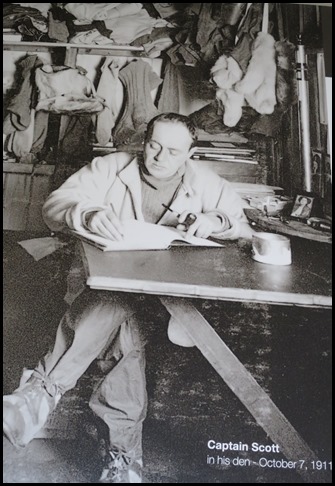  In the last few years of the 19th
century, the British Royal Geographic Society in London declared Antarctica to
be the last frontier of exploration in the modern world. With this public
announcement, a series of remarkable polar journeys unfolded, and so began the
race to the South Pole began. Lyttelton Harbour played an important part in this
history as it was the final gateway for these early Polar expeditions. Ships
anchored here and obtained provisions and locals became adept at assisting them
for the arduous challenges that lay ahead.
One of the most notable was the
attempt made in 1912 by Robert Falcon Scott, whose
efforts to be first to the Pole were in vain as he was beaten by just a few
weeks by the Norwegian, Roald Amundsen. It is well known that Scott and his team
were to later perish tragically in a fierce storm during the return journey,
just a few short miles short of life-saving supplies. Another legendary explorer to pass through Lyttelton Harbour was
Ernest Shackleton.
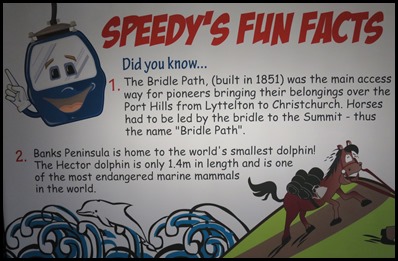 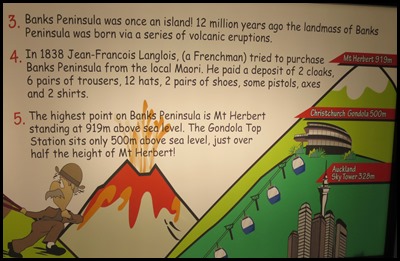 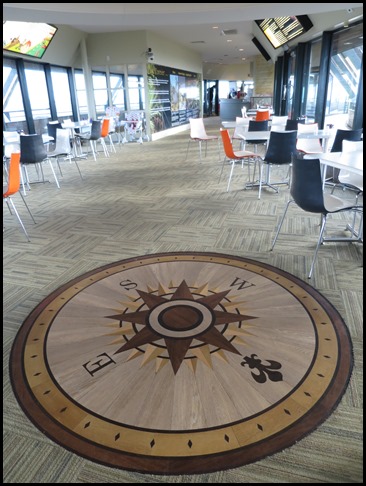 A final look around
upstairs.
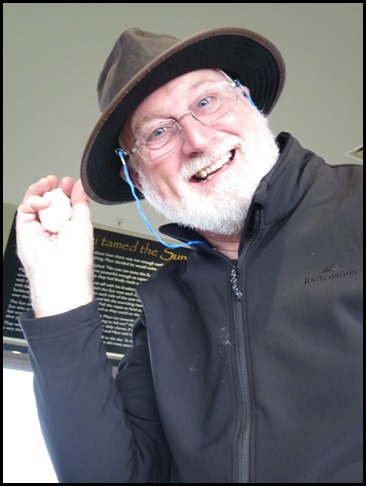 You-know-who went outside to gather me
a snow ball...........No comment.
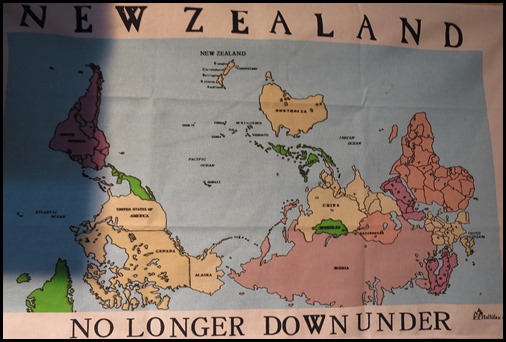 Back through the shop, this tea towel amused us.
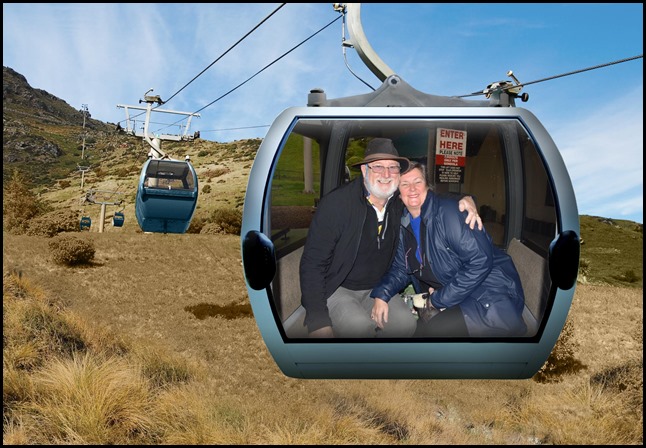 Our fun
picture for all our grandbabies, with all our love xx xx
ALL IN ALL CHIPPY, BUT WHAT
VIEWS
SWINGING IN THE WIND FOR FANTASTIC
VIEWS |